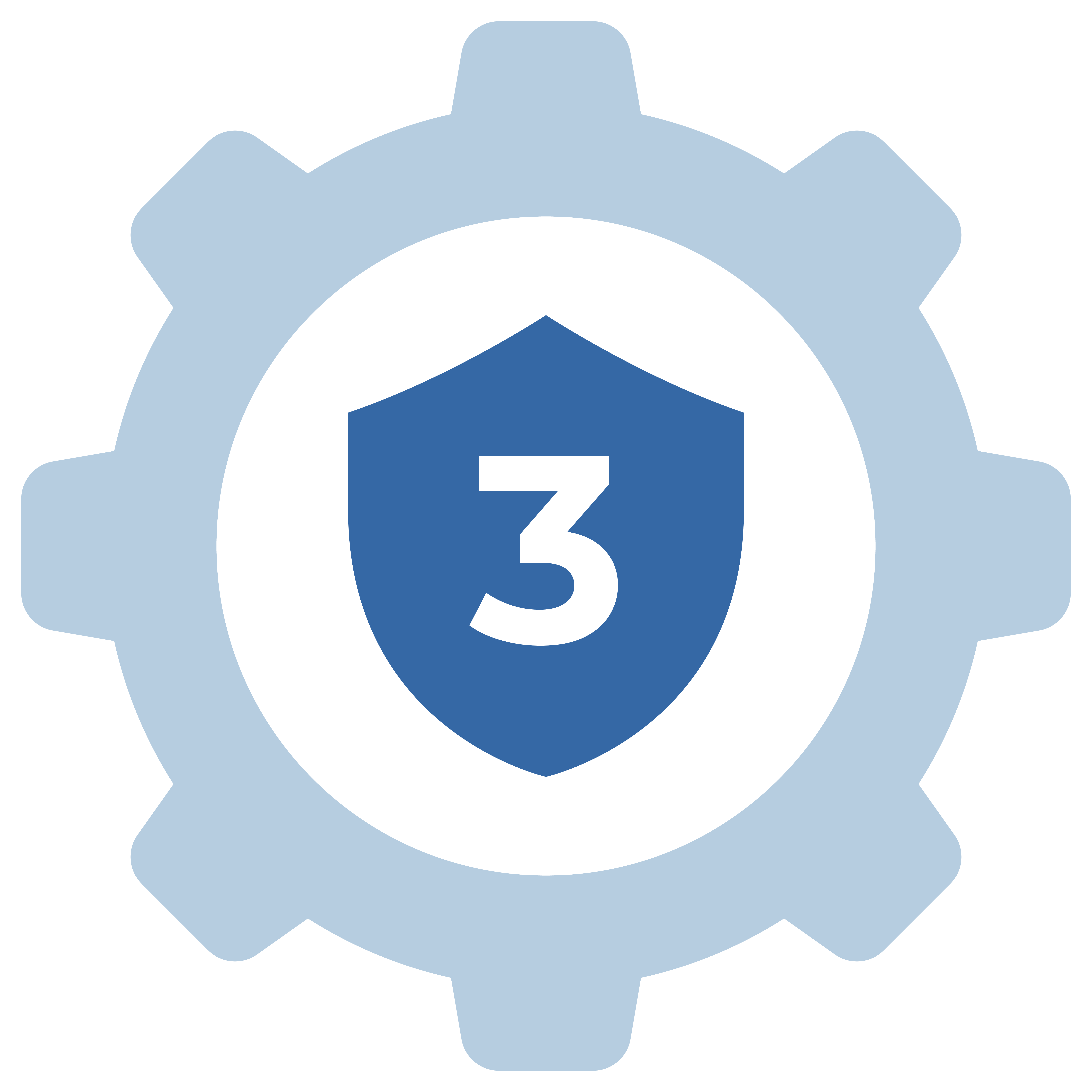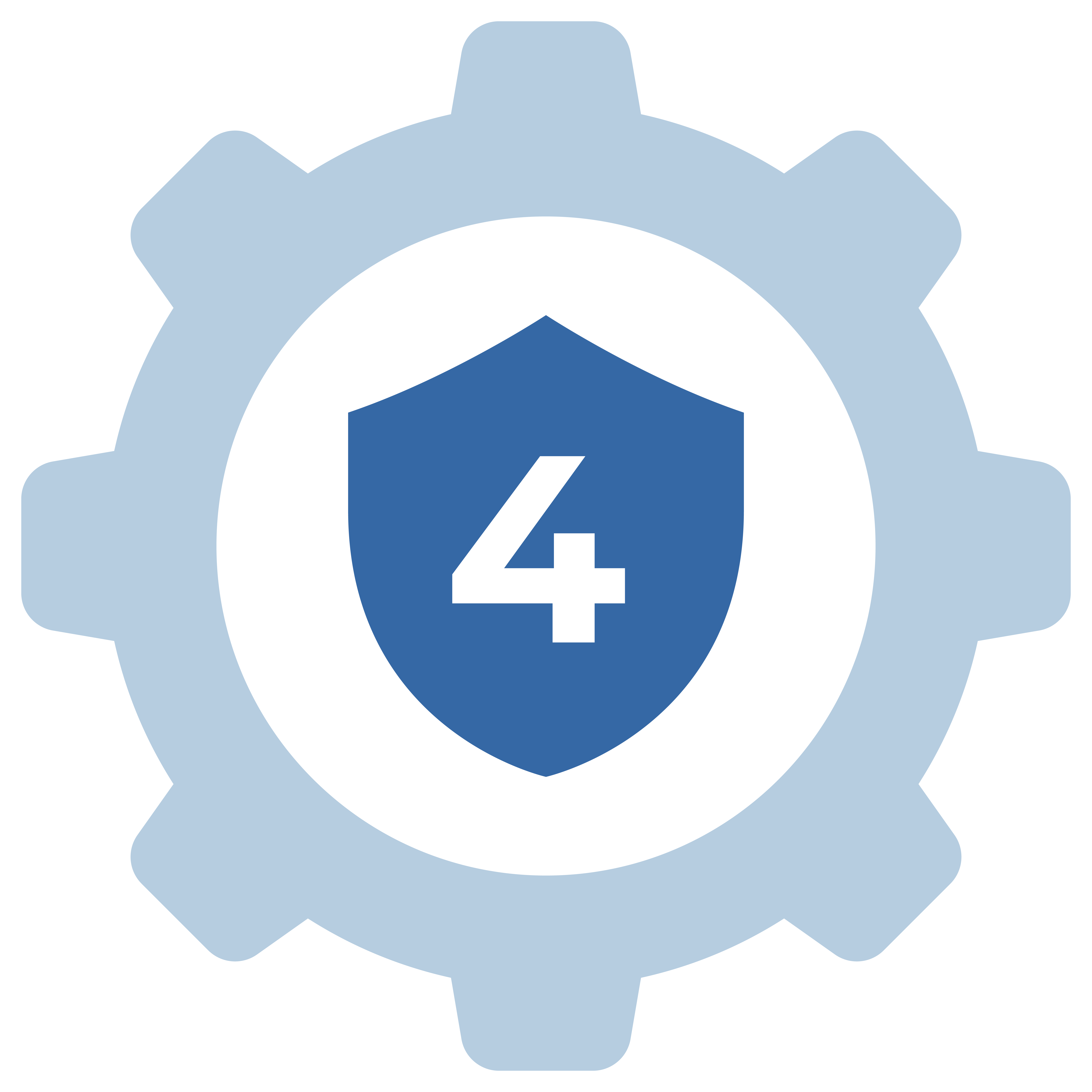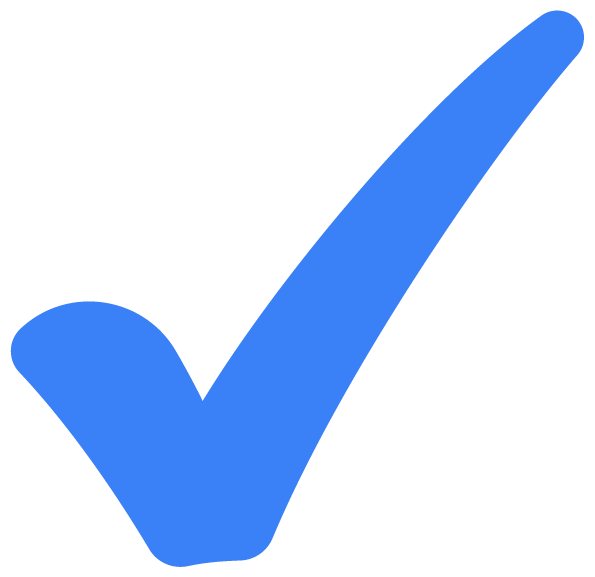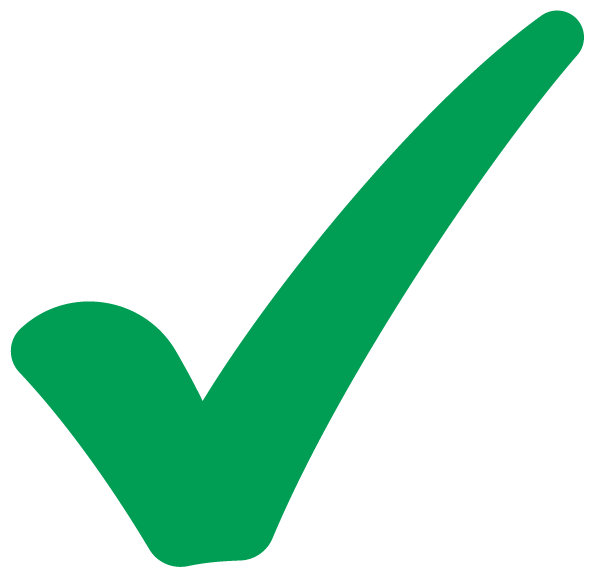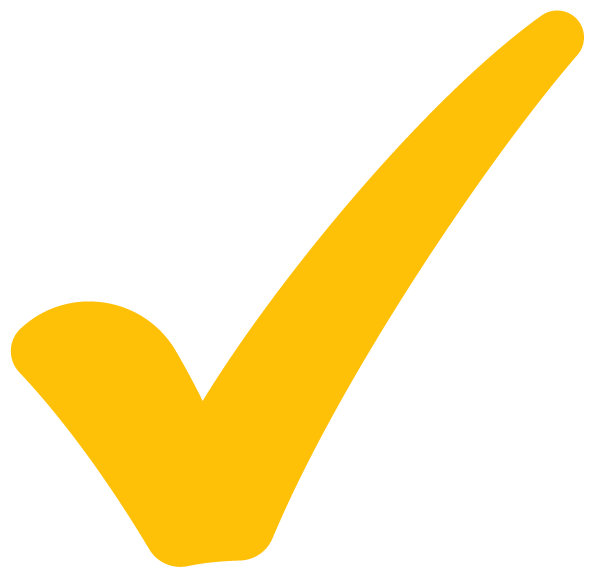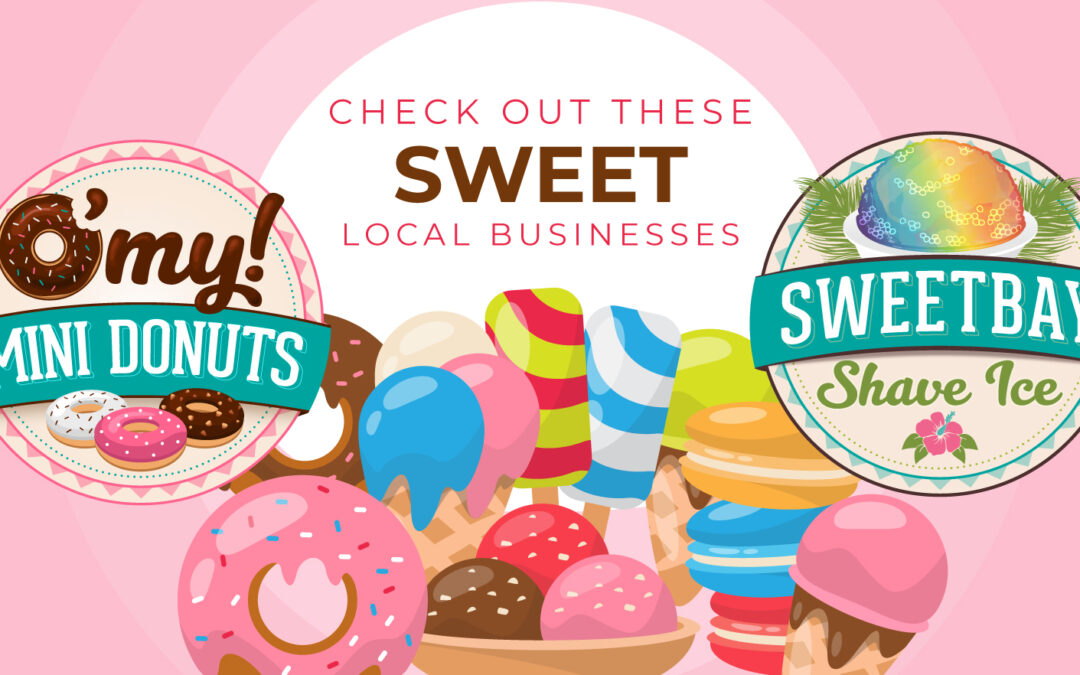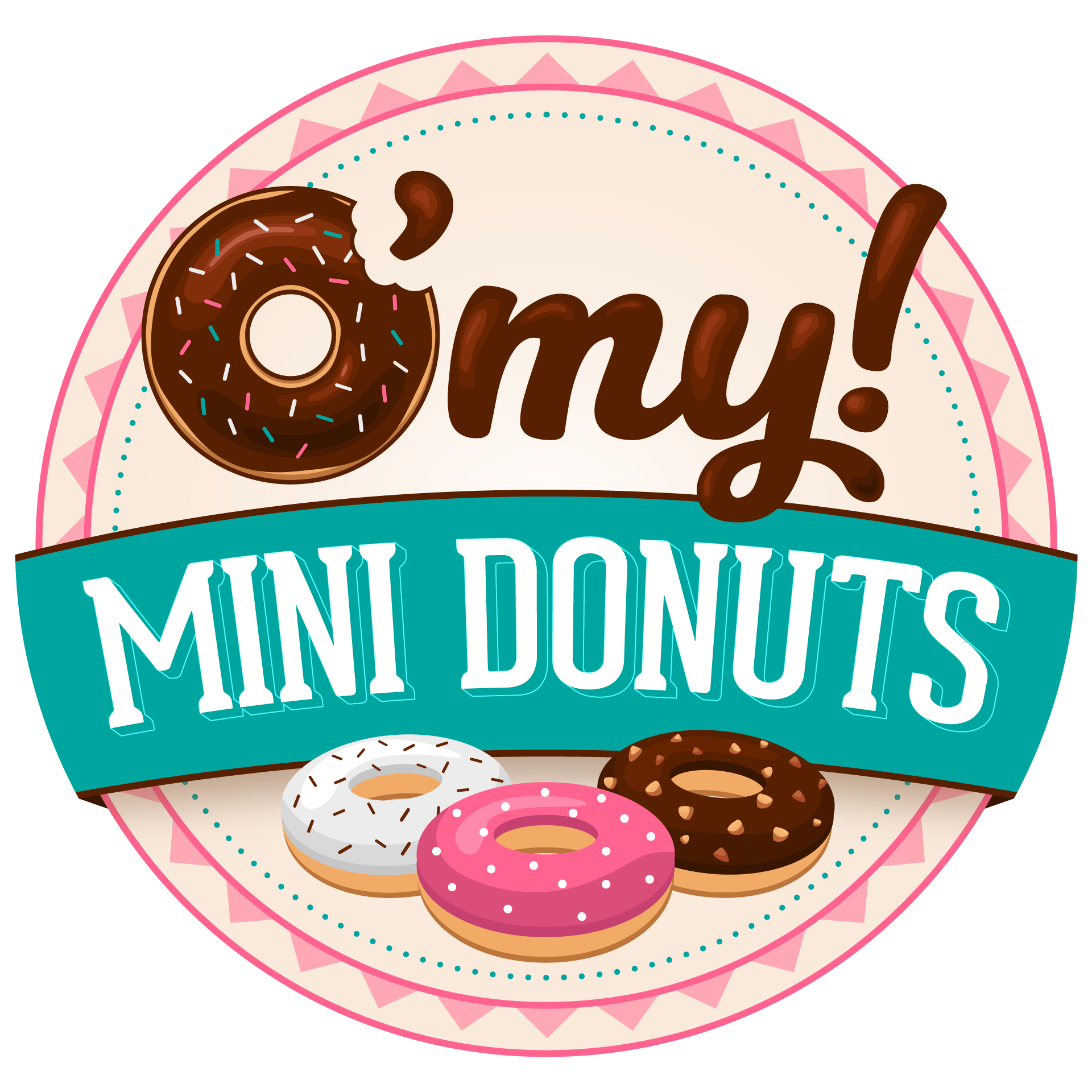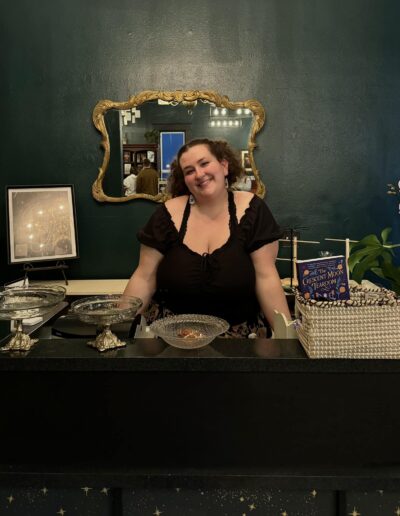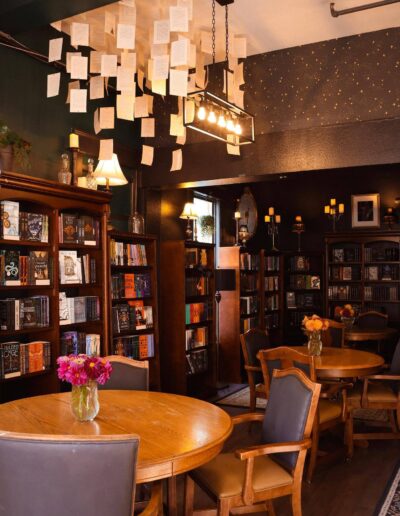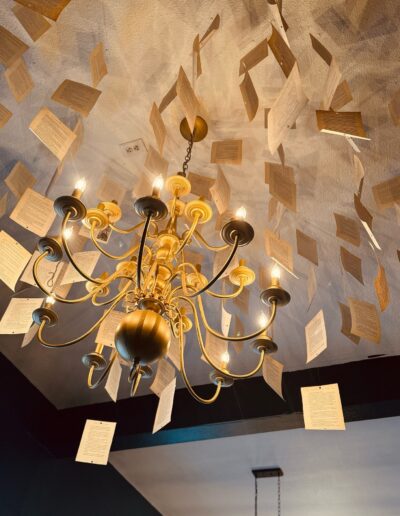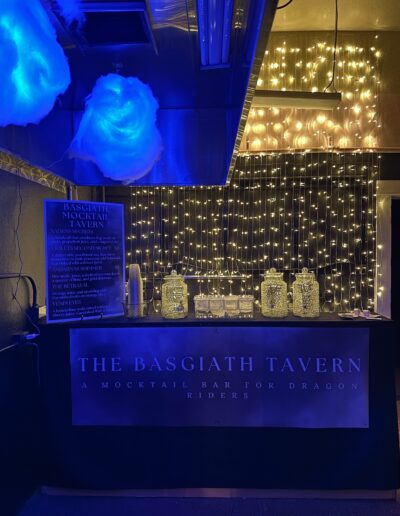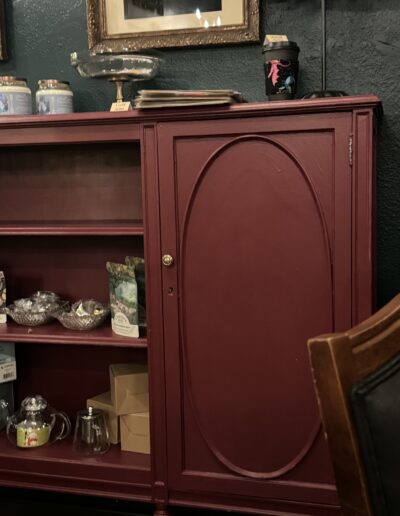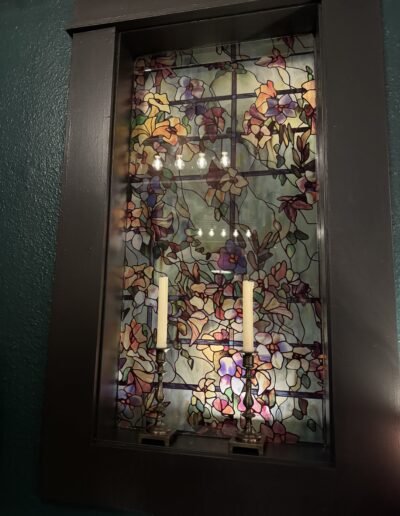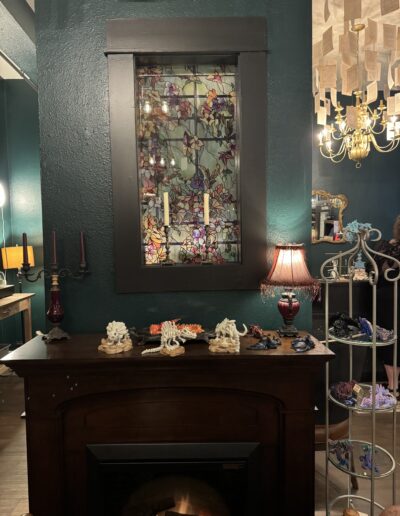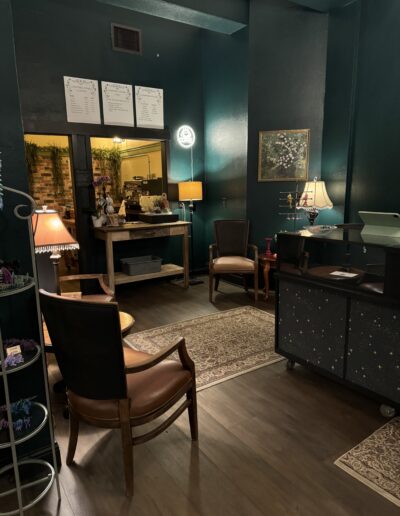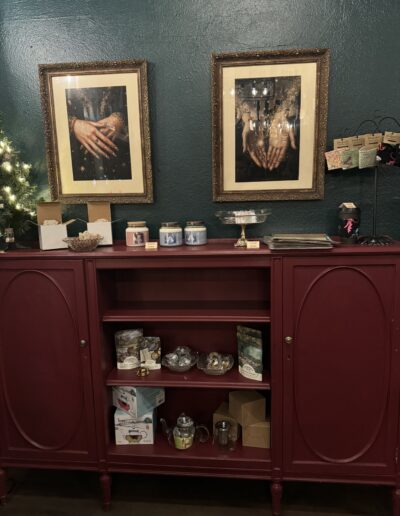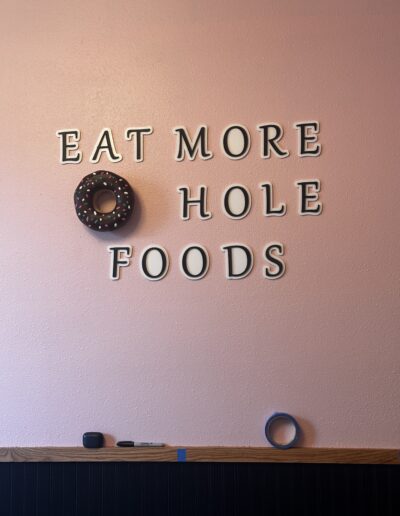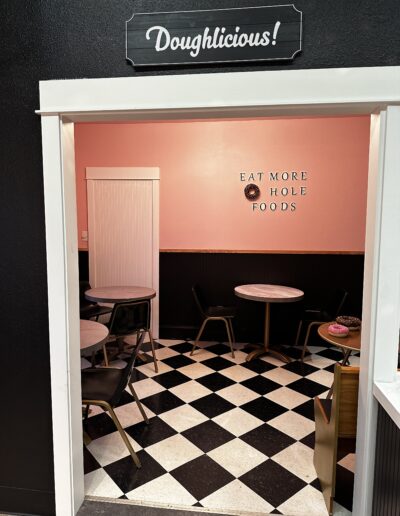
Website Redesign for HIV Alliance
We’re excited to announce the launch of the new HIV Alliance website! This website redesign makes it easier than ever for individuals to access vital healthcare and prevention resources while learning more about the incredible work HIV Alliance does in communities across Oregon.


Using your own photos on your website helps create an authentic, trustworthy, and memorable experience for visitors. Unlike stock images, which can feel impersonal and overused, original photos showcase your unique brand, team, products, and services in a way that truly represents who you are. Custom imagery builds credibility and connection, helping potential customers see the real people behind your business. It also enhances SEO, as original images can be optimized for search engines, giving your site a competitive edge. While stock photos may be a quick fix, original photography (and video!) ensures your website stands out and tells your story in the most genuine way possible.

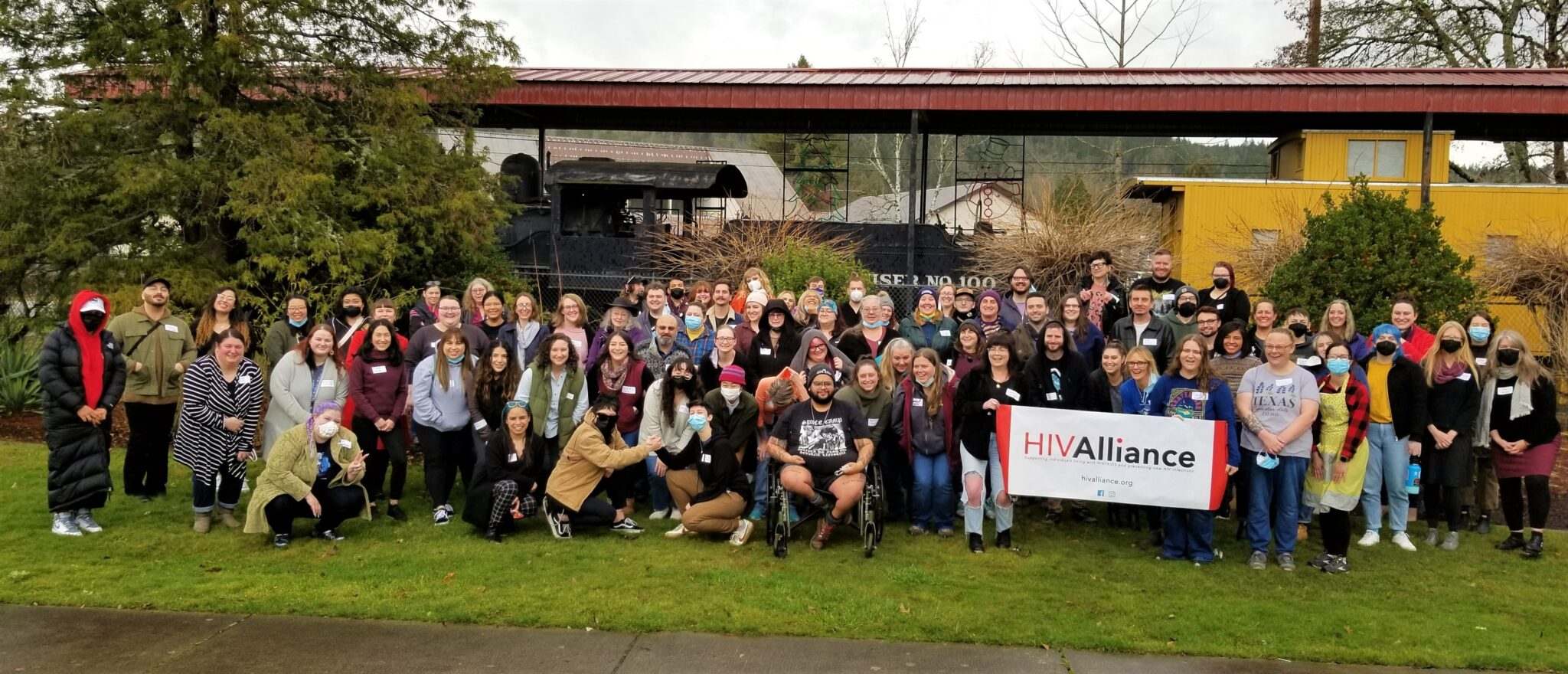
The new website is designed to be clear, user-friendly, and informative. Visitors can easily find resources on treatment options, prevention strategies like PrEP and PEP, harm reduction programs, and behavioral health services. It also serves as a hub for education initiatives, upcoming events, and opportunities to get involved through volunteering or donations.
This website redesign represents an important step in making essential health information and services more accessible to those who need them most. Whether you or someone you know is looking for support, or you want to contribute to this important cause, the new site makes it easy to take action.
Need more tips? Contact one of your Friendly Neighborhood Spyders.
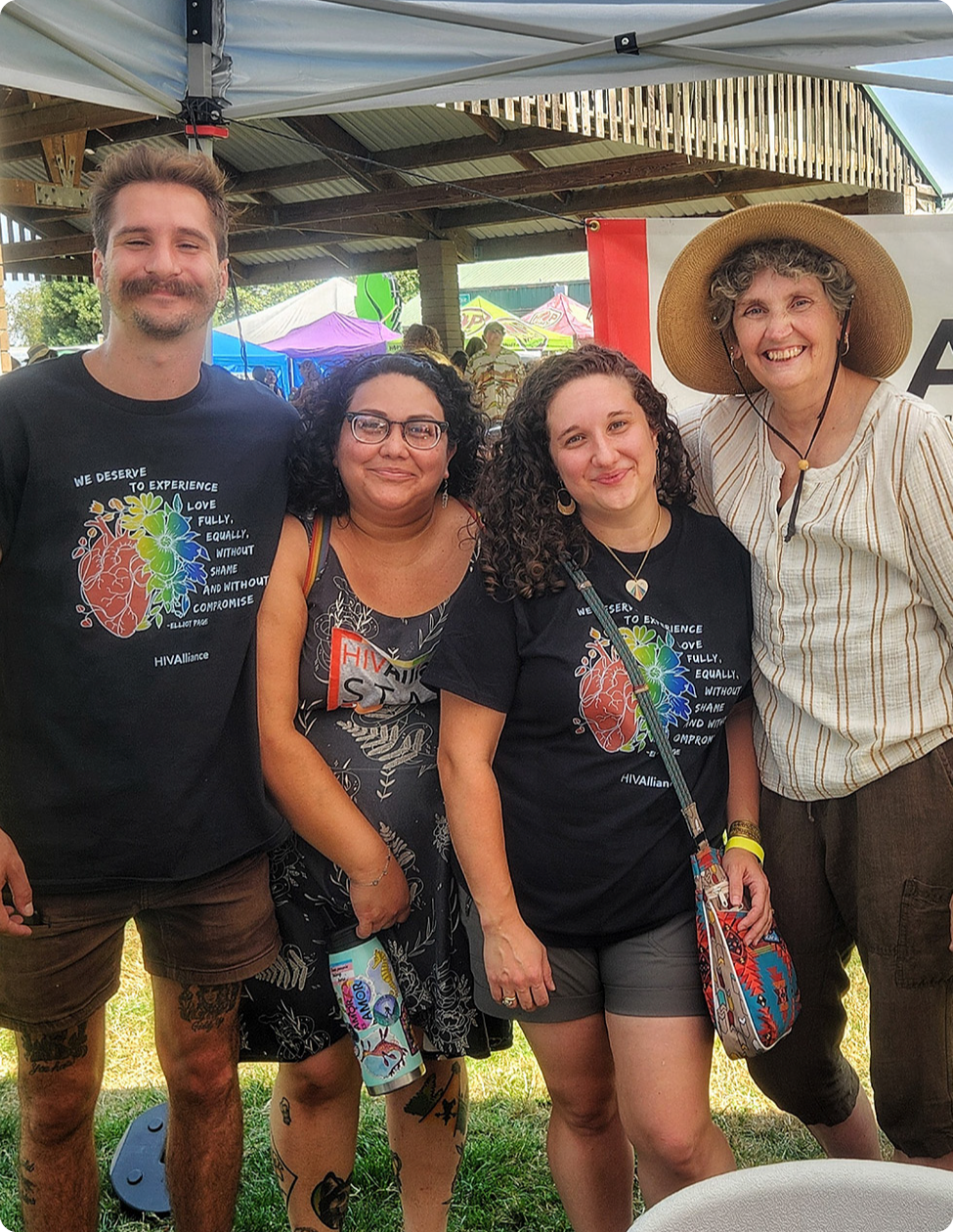
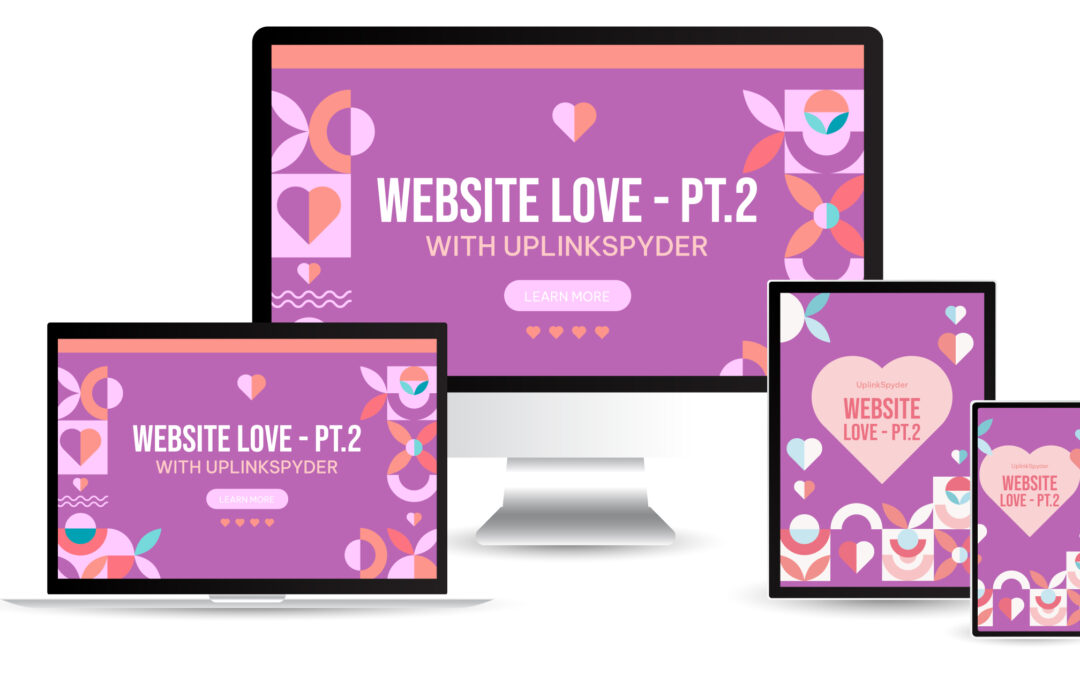


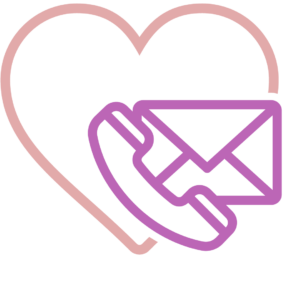
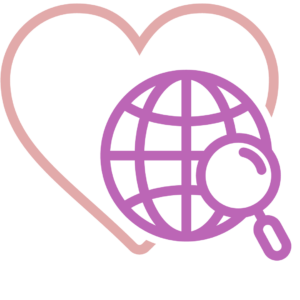


 Your website should never remain static. Fresh content is a key factor in Google’s search rankings and keeps visitors engaged. Regularly update your site with new work examples, informative articles, case studies, and reviews of aligned businesses. Have a strategy for growth and review your content periodically. Don’t let outdated information frustrate potential customers—ensure your hours, services, and details are always accurate so visitors get the right impression every time they stop by. Consider how these efforts fit into your broader SEO Content Strategy for long-term results.
Your website should never remain static. Fresh content is a key factor in Google’s search rankings and keeps visitors engaged. Regularly update your site with new work examples, informative articles, case studies, and reviews of aligned businesses. Have a strategy for growth and review your content periodically. Don’t let outdated information frustrate potential customers—ensure your hours, services, and details are always accurate so visitors get the right impression every time they stop by. Consider how these efforts fit into your broader SEO Content Strategy for long-term results. Did you know that consistency is one of the most important factors in building a recognizable brand? You may not have the massive marketing budgets of Nike or Coca-Cola, but you can still make a big impact by being consistent. Use the same fonts, colors, and imagery across your website and extend that look to your emails, storefront, and marketing materials. A cohesive brand experience builds trust with prospects and clients, making every marketing effort more effective and maximizing your investment.
Did you know that consistency is one of the most important factors in building a recognizable brand? You may not have the massive marketing budgets of Nike or Coca-Cola, but you can still make a big impact by being consistent. Use the same fonts, colors, and imagery across your website and extend that look to your emails, storefront, and marketing materials. A cohesive brand experience builds trust with prospects and clients, making every marketing effort more effective and maximizing your investment. Not every SEO strategy requires an SEO expert. One simple SEO strategy is to get other websites to link to yours. These backlinks improve your chances of being found online. Small businesses can build backlinks by partnering with local businesses, joining organizations like the
Not every SEO strategy requires an SEO expert. One simple SEO strategy is to get other websites to link to yours. These backlinks improve your chances of being found online. Small businesses can build backlinks by partnering with local businesses, joining organizations like the 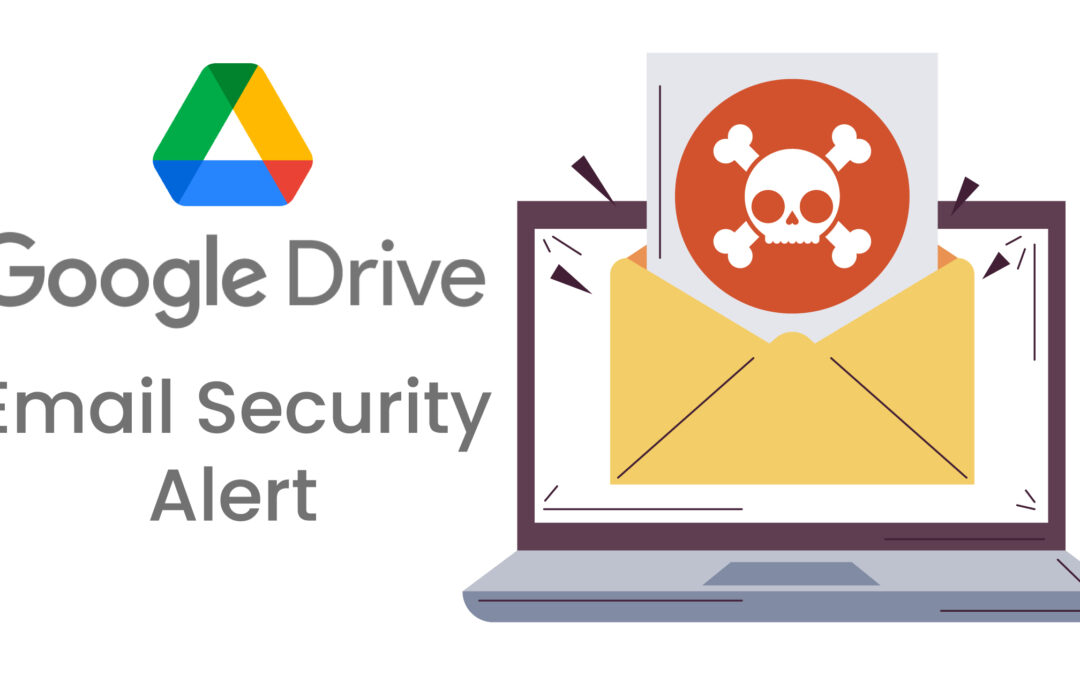

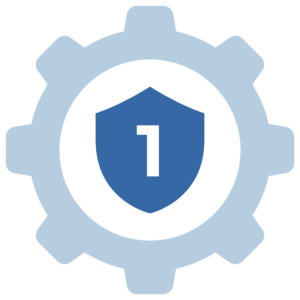
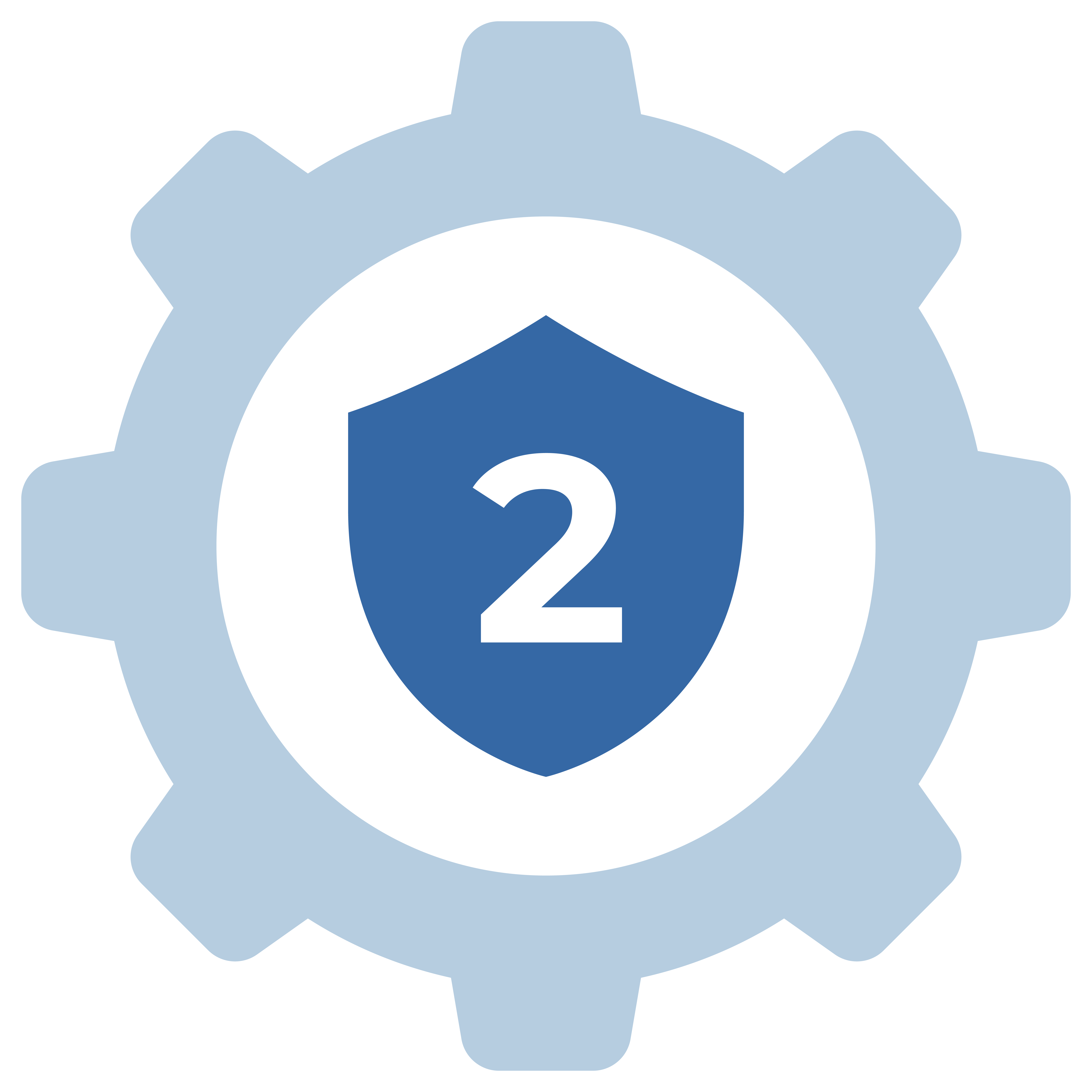 Mark the email as phishing in your inbox to help Google detect and block similar scams. In Gmail, open the email, click the three-dot menu (⋮) in the top right, and select “Report phishing.”
Mark the email as phishing in your inbox to help Google detect and block similar scams. In Gmail, open the email, click the three-dot menu (⋮) in the top right, and select “Report phishing.”